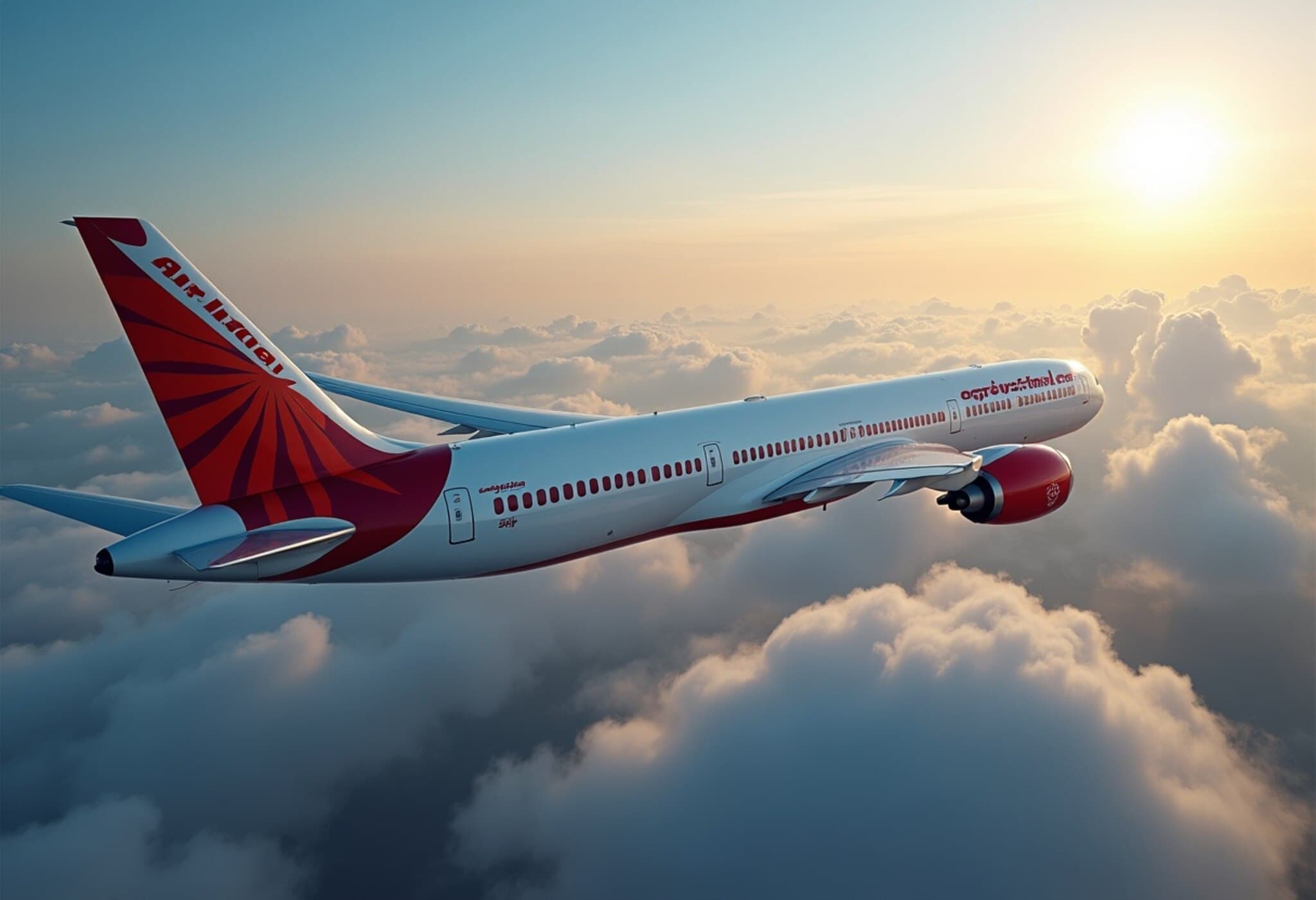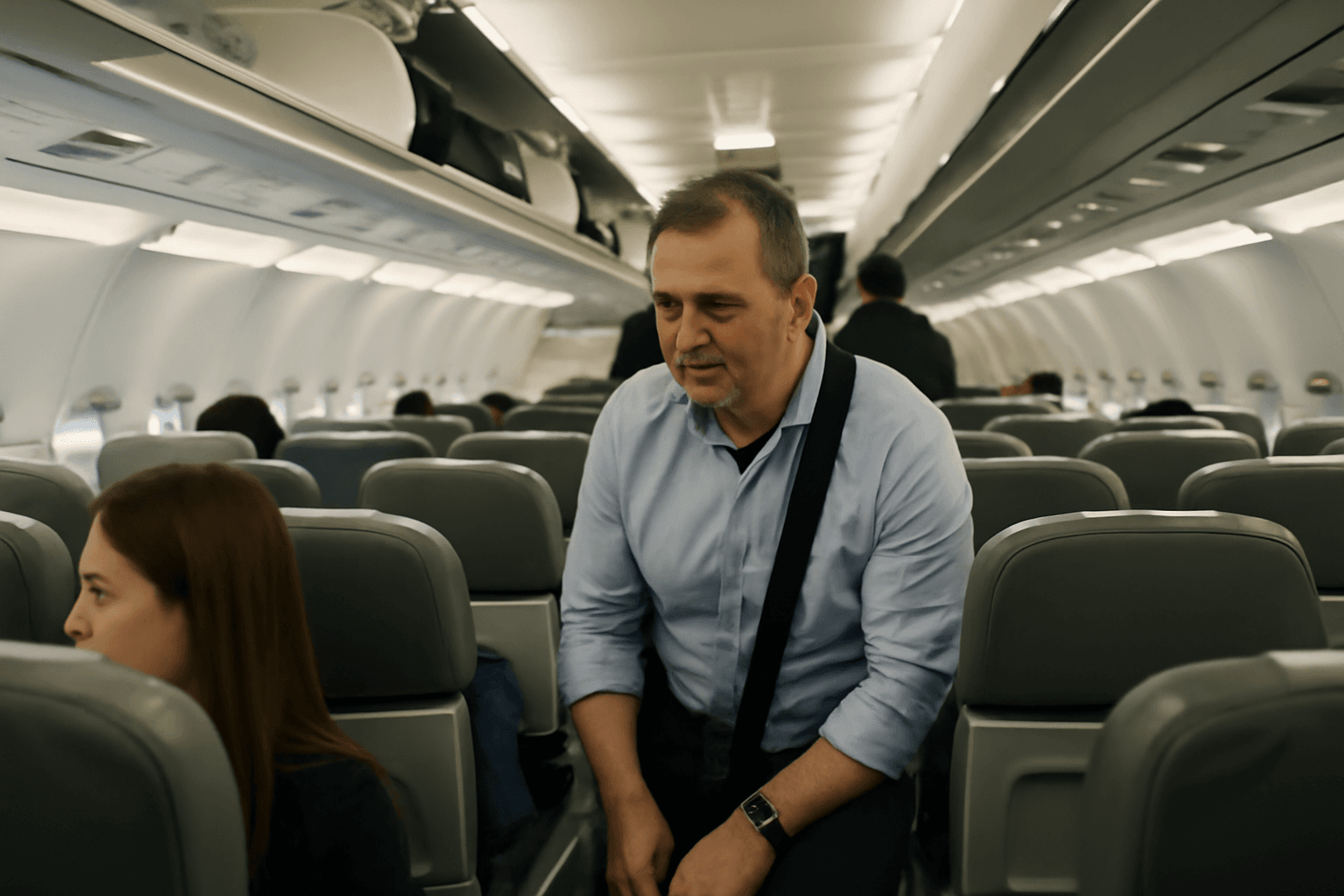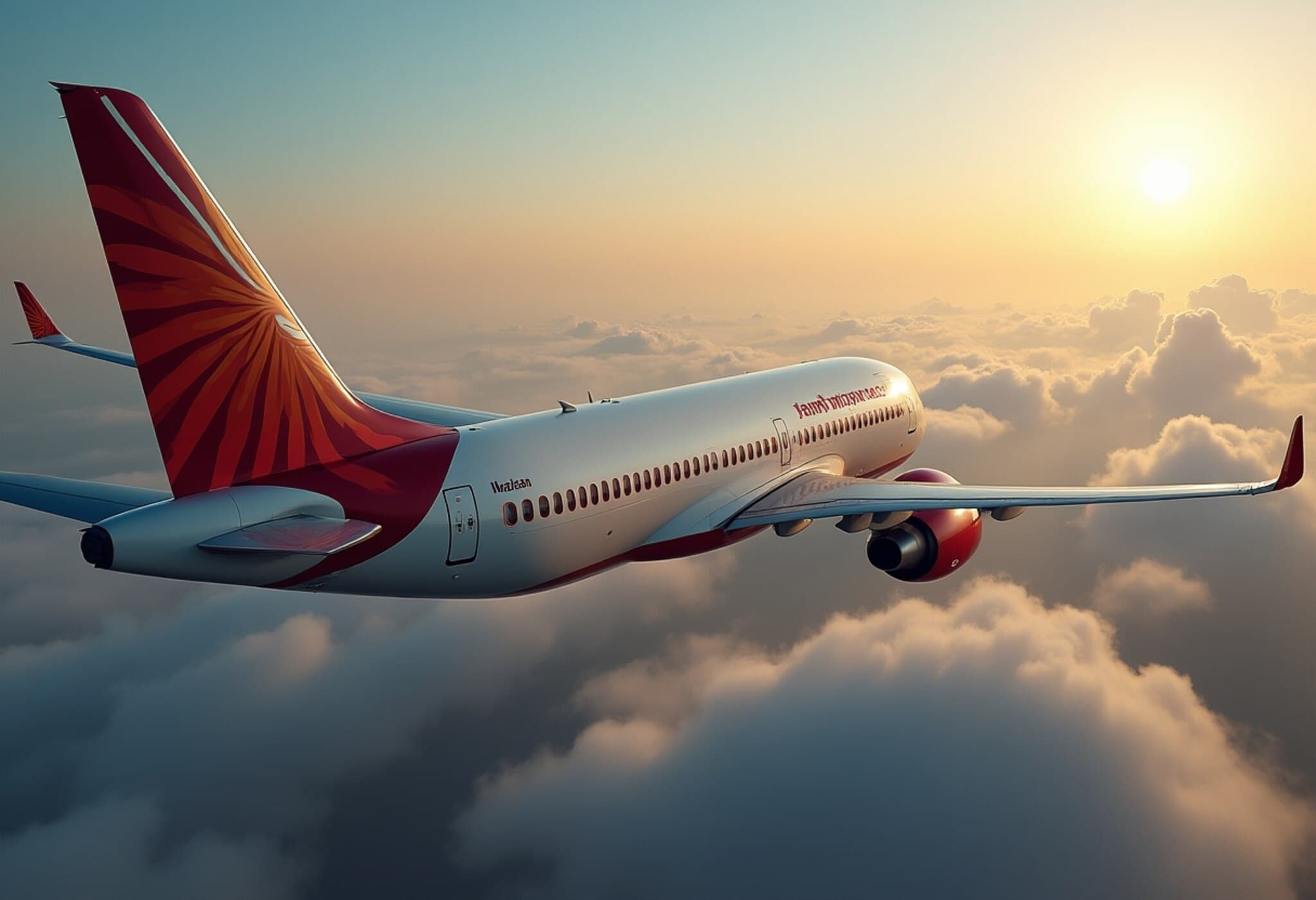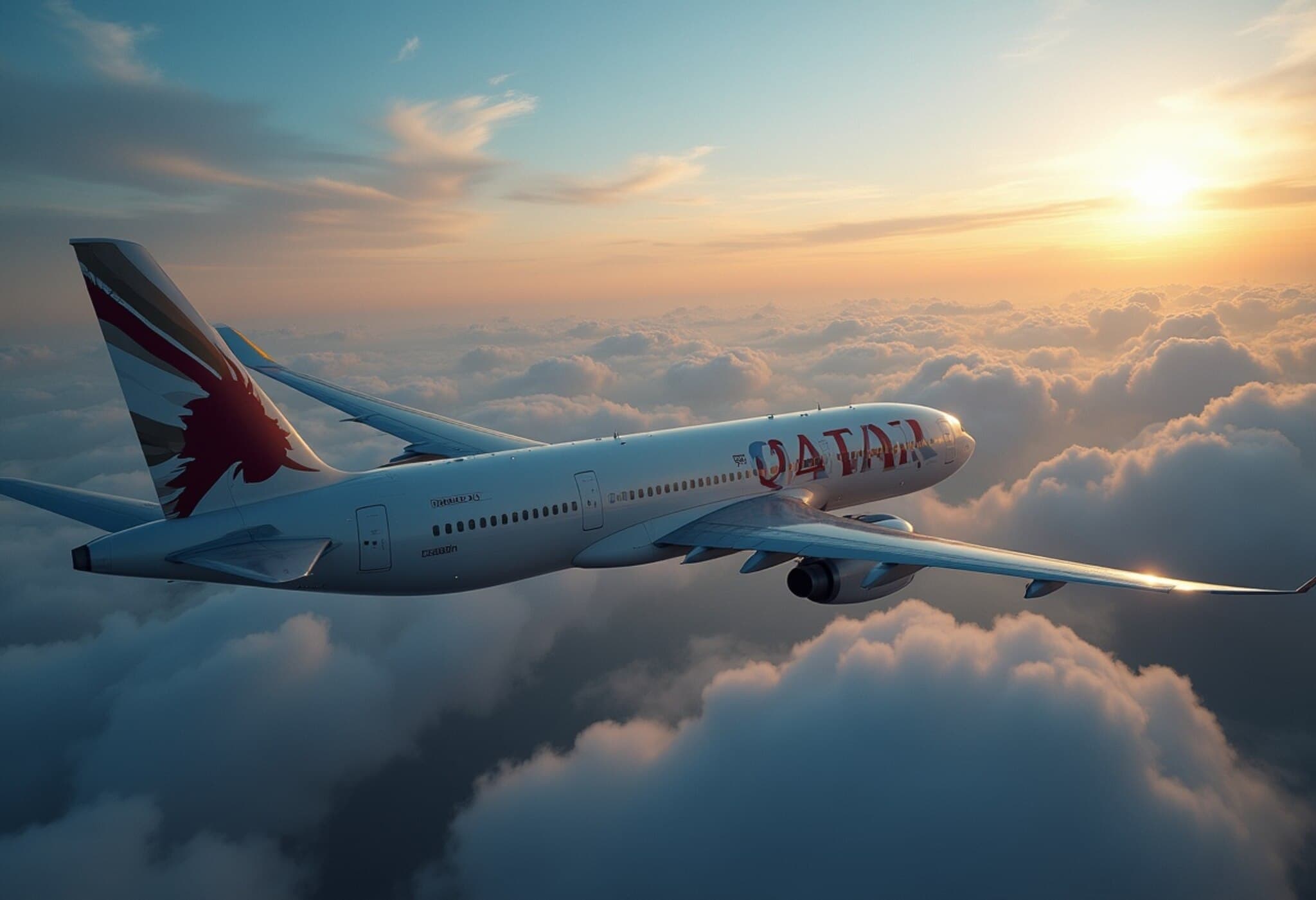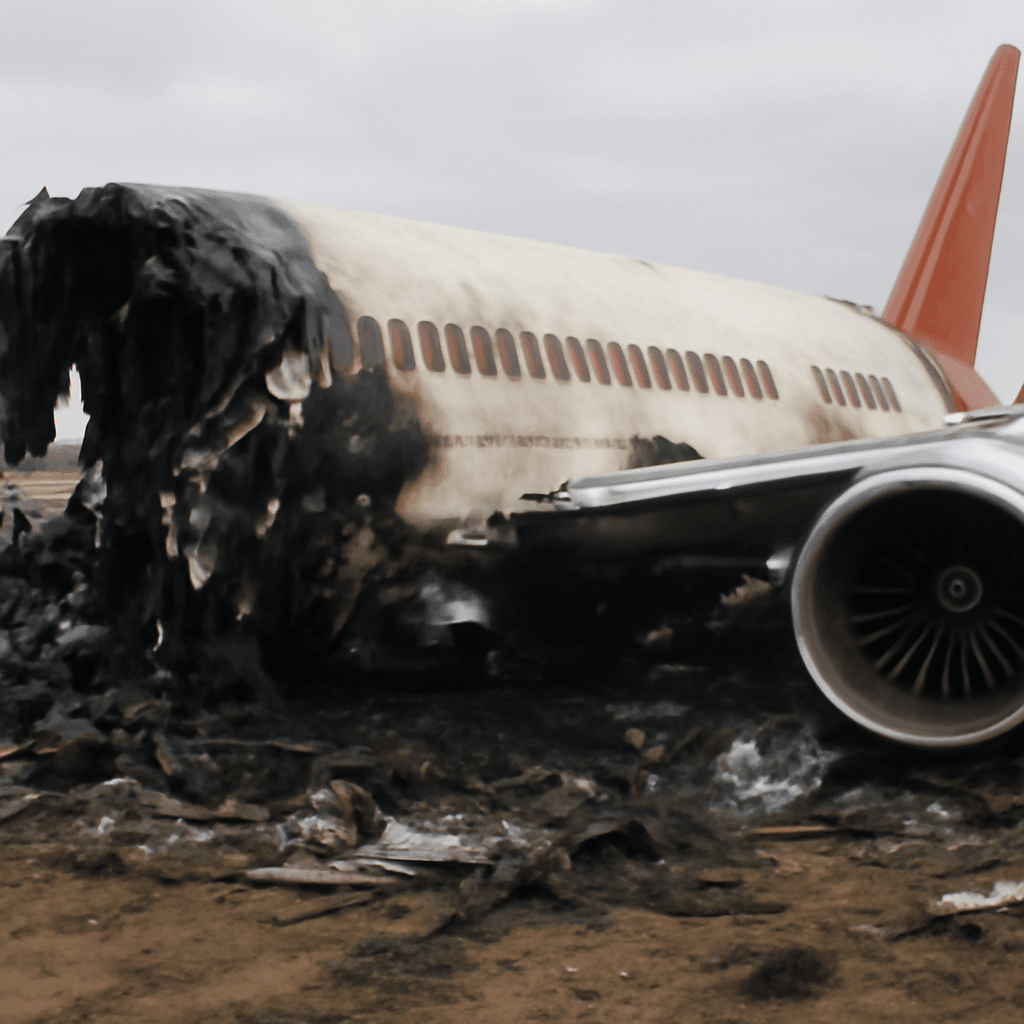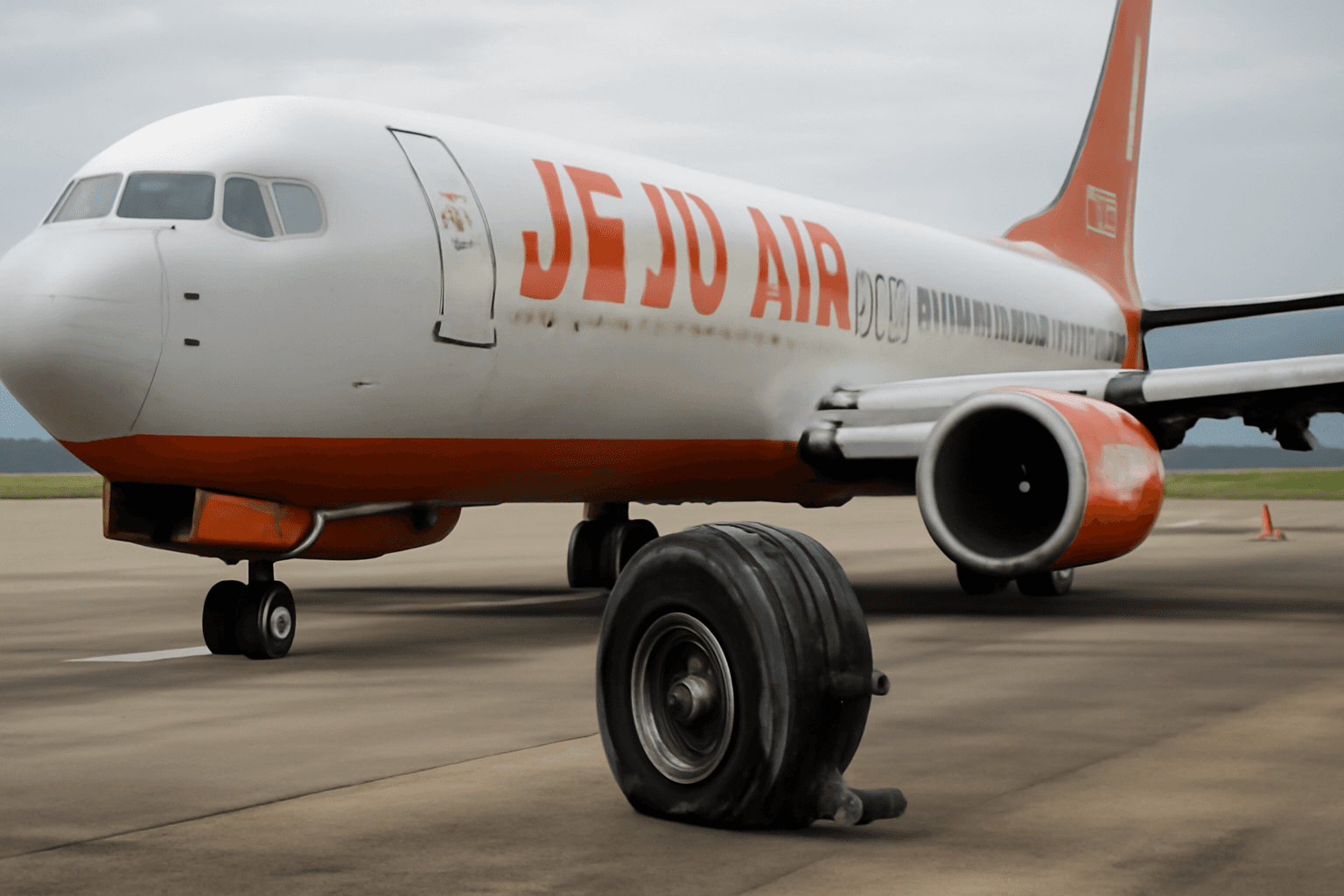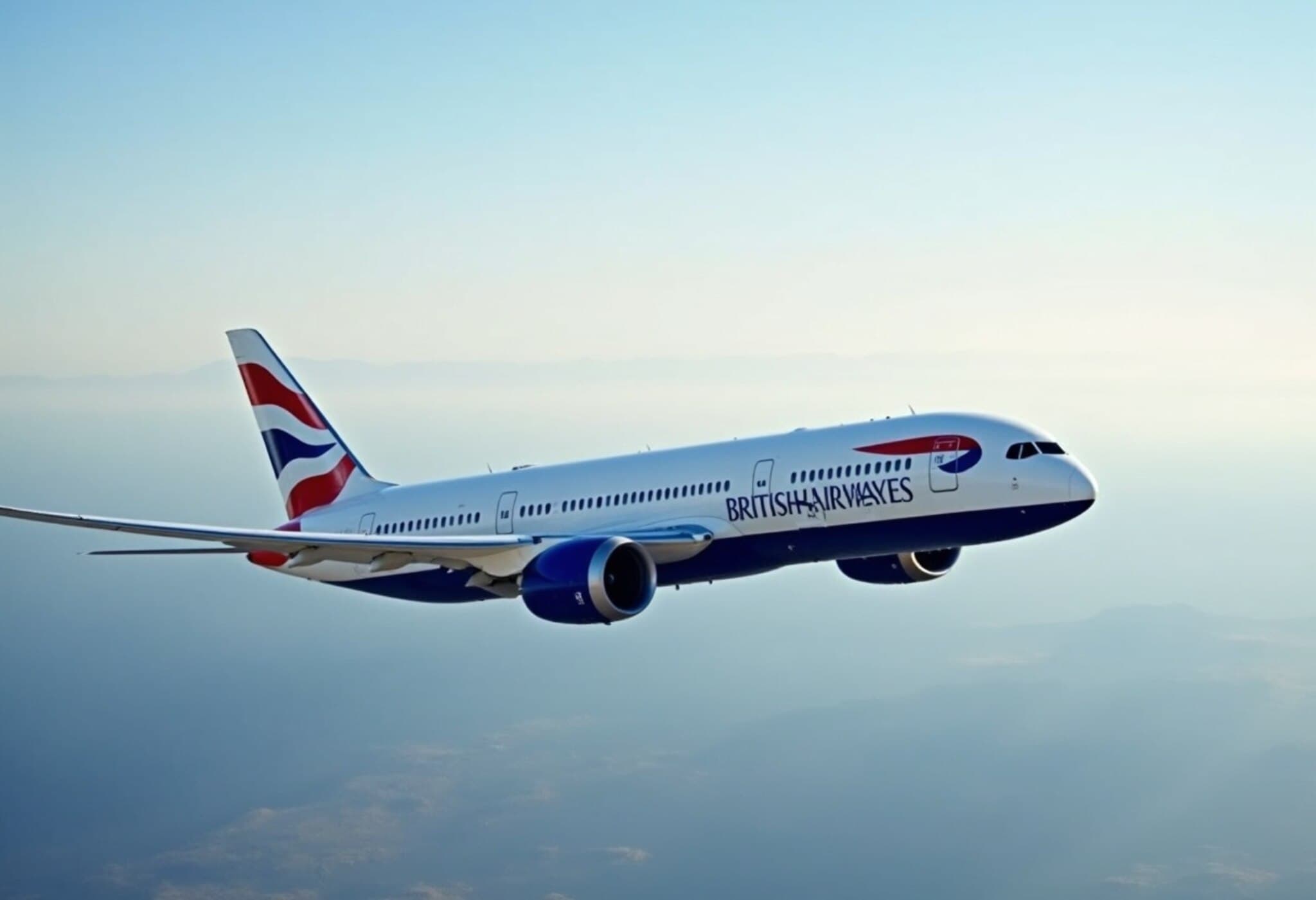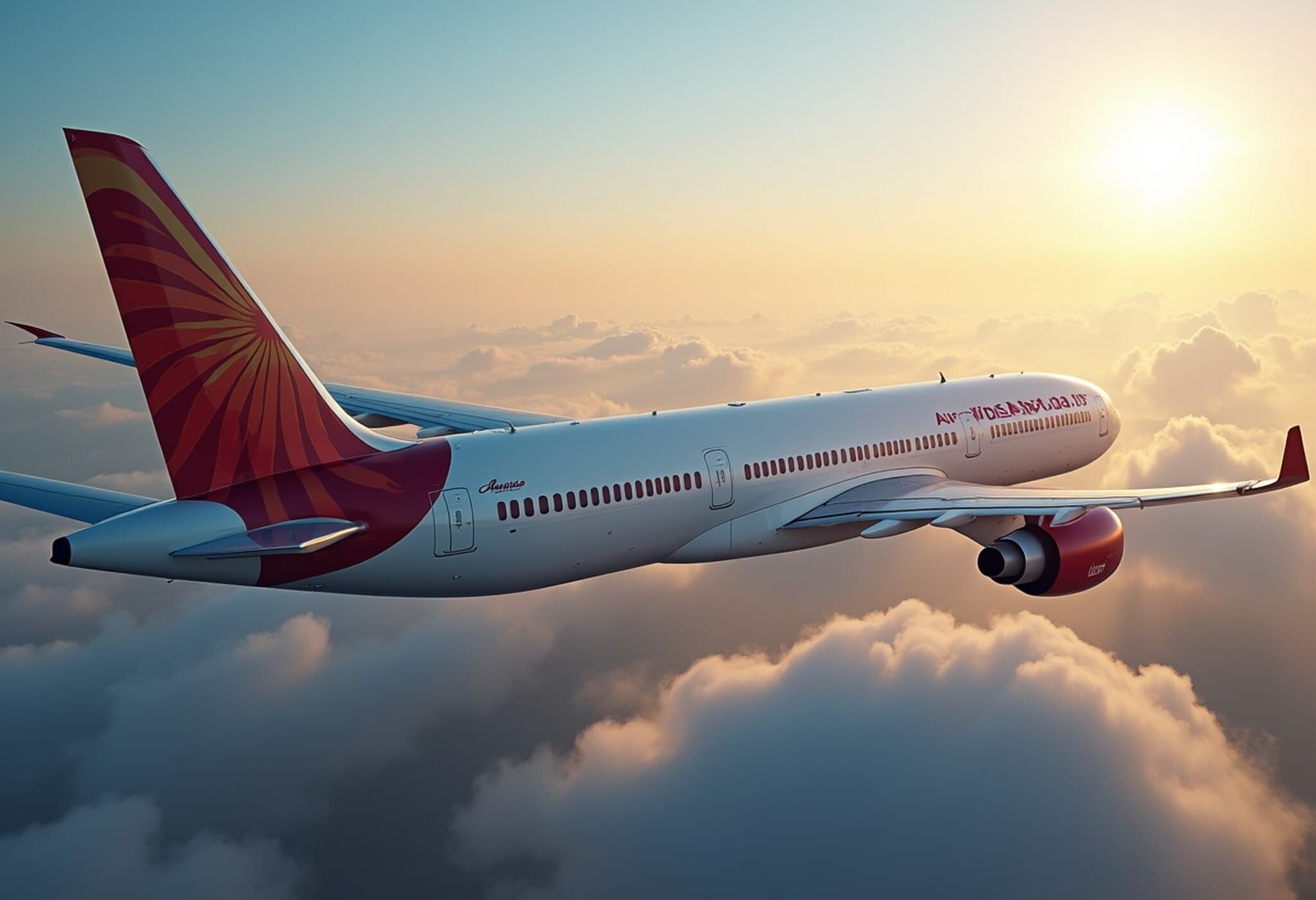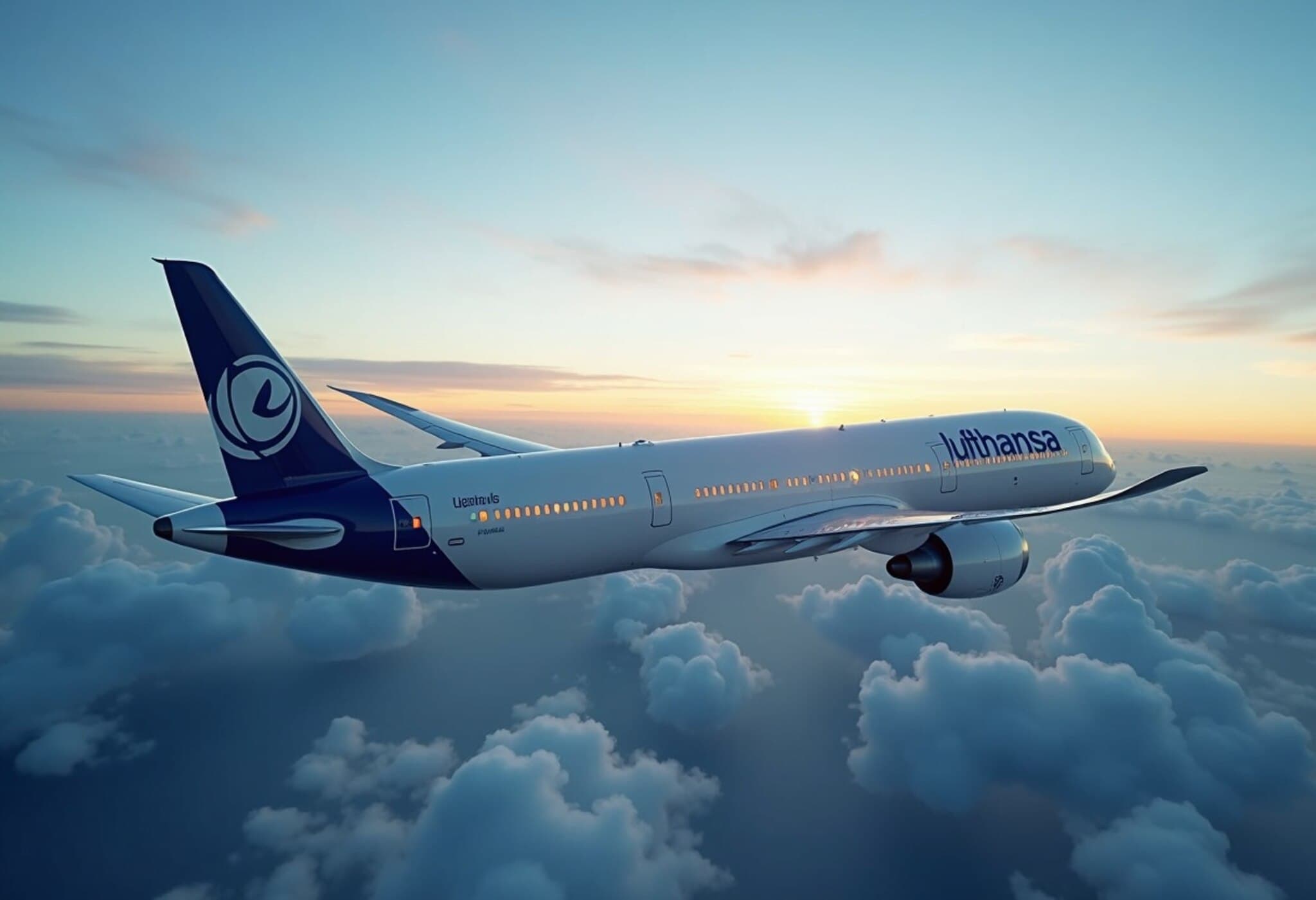South Korea Moves to Enhance Boeing Aircraft Safety Inspections
In the wake of growing safety concerns surrounding fuel controls on Boeing aircraft, South Korea’s Ministry of Land, Infrastructure and Transport is preparing to direct all domestic airlines operating Boeing jets to conduct thorough checks of their fuel switch locking mechanisms. This action stems from an ongoing international scrutiny triggered by a recent fatal crash involving an Air India Boeing 787-8, which resulted in the tragic loss of 260 lives.
Context Behind the Inspection Directive
The ministry's foreign media spokesperson disclosed on July 14, 2025, that these inspections will align with a 2018 advisory issued by the United States Federal Aviation Administration (FAA). Notably, the spokesperson did not set a specific timeline for the inspections, underscoring the case’s complexity and the need for detailed evaluations across fleets.
Fuel switch locking mechanisms have garnered attention since the preliminary investigation report into the Air India crash cited the FAA’s 2018 advisory. This advisory urged, but did not mandate, operators of Boeing’s 787 and several other models to verify the functionality of fuel cutoff switch locks. The goal was to reduce risks of accidental fuel shutdowns during flights, a potential hazard that could have catastrophic consequences.
The FAA and Boeing’s Position on Fuel Switch Safety
Despite this advisory, Reuters revealed that both Boeing and the FAA have privately assured airlines and regulators of the inherent safety of the fuel switch locks. They contend that no mandatory checks are necessary based on current assessments, reflecting a cautious balance between regulatory oversight and operational efficiency.
The preliminary report from the Air India investigation highlights that the airline did not implement the FAA's voluntary inspections, emphasizing that these were not compulsory. Curiously, it also disclosed maintenance records indicating that the throttle control module—which houses the fuel switches—was replaced twice, once in 2019 and again in 2023, on the aircraft involved. This raises critical questions about maintenance practices and the adequacy of existing safety protocols.
Expert Insights: Navigating Safety and Regulation
From an expert policy perspective, South Korea's proactive stance illustrates a growing international trend toward tightening aviation safety by revisiting earlier advisories and voluntary guidelines. While the FAA's 2018 advisory stopped short of mandates, the recent tragedy underlines the potential value of transforming guidance into enforceable safety standards.
Industry analysts note that the case reflects broader concerns about airline regulatory compliance and the layers of responsibility shared by manufacturers, regulators, and operators. In the U.S., where the FAA’s advisories carry significant weight but may not always translate into mandates, other countries like South Korea are taking independent steps to bridge regulatory gaps, protecting passengers and enhancing public confidence.
Looking Ahead: Implications for Airlines and Passengers
- For airlines: Mandatory inspections will likely require operational adjustments and could prompt further scrutinies of maintenance logs and component replacements.
- For Boeing: The scrutiny could accelerate engineering reviews or design revisions, especially if similar incidents emerge globally.
- For regulators: This may signal a pivot toward more stringent mandates and collaboration among international aviation authorities to standardize safety protocols.
- For passengers: The developments underline the paramount importance of transparency and accountability in airline safety to prevent future tragedies.
Editor’s Note
South Korea’s decision to enforce inspections on Boeing fuel switches shines a spotlight on a delicate balance in global aviation safety: voluntary advisories versus mandatory regulations. This evolving narrative invites a deeper inquiry into how international regulators coordinate to uphold stringent safety standards, especially when lives hang in the balance. As investigations continue, industry stakeholders and safety advocates alike must grapple with questions about risk, responsibility, and the pace at which safety innovations are adopted and enforced worldwide.
Readers are encouraged to watch how these inspections unfold and reflect on broader implications for air travel safety, and what proactive measures could become standard to prevent avoidable disasters in an industry many depend on daily.


